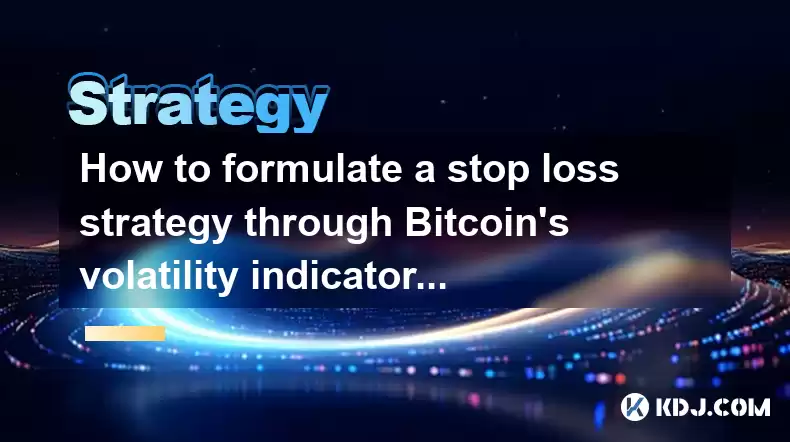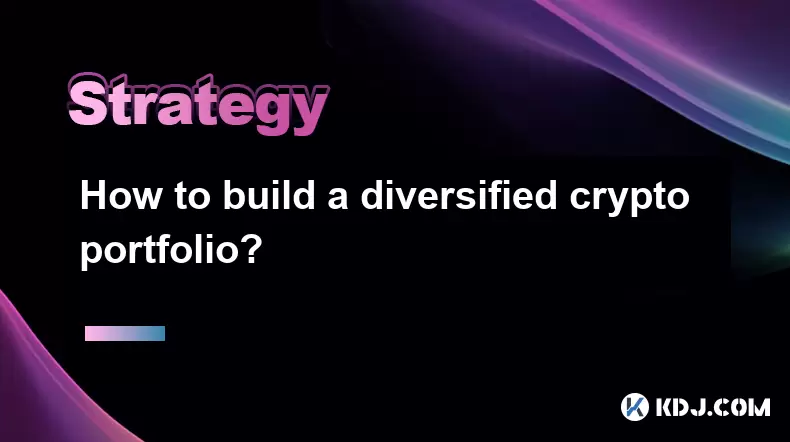-
 Bitcoin
Bitcoin $116400
-0.36% -
 Ethereum
Ethereum $4033
3.40% -
 XRP
XRP $3.302
-1.26% -
 Tether USDt
Tether USDt $1.000
-0.02% -
 BNB
BNB $796.1
1.67% -
 Solana
Solana $177.8
1.89% -
 USDC
USDC $0.9999
0.00% -
 Dogecoin
Dogecoin $0.2314
4.09% -
 TRON
TRON $0.3381
0.14% -
 Cardano
Cardano $0.7989
1.22% -
 Stellar
Stellar $0.4496
-1.84% -
 Chainlink
Chainlink $20.42
9.42% -
 Hyperliquid
Hyperliquid $41.17
0.88% -
 Sui
Sui $3.914
3.77% -
 Bitcoin Cash
Bitcoin Cash $584.7
1.52% -
 Hedera
Hedera $0.2632
-0.54% -
 Avalanche
Avalanche $24.09
3.40% -
 Ethena USDe
Ethena USDe $1.001
-0.02% -
 Litecoin
Litecoin $123.2
1.33% -
 Toncoin
Toncoin $3.318
-0.04% -
 UNUS SED LEO
UNUS SED LEO $8.984
-0.05% -
 Shiba Inu
Shiba Inu $0.00001323
2.85% -
 Uniswap
Uniswap $10.90
4.41% -
 Polkadot
Polkadot $3.999
3.34% -
 Dai
Dai $1.000
0.01% -
 Cronos
Cronos $0.1630
9.64% -
 Bitget Token
Bitget Token $4.484
0.82% -
 Monero
Monero $272.4
2.44% -
 Pepe
Pepe $0.00001173
6.03% -
 Aave
Aave $290.8
2.88%
How to formulate a stop loss strategy through Bitcoin’s volatility indicators?
Understanding Bitcoin's volatility indicators, such as Bollinger Bands, Average True Range, and Relative Strength Index, is crucial for determining optimal stop loss placement and managing risk in cryptocurrency trading.
Feb 25, 2025 at 01:37 pm

Key Points
- Understanding Bitcoin's Volatility Indicators
- Identifying Key Levels for Stop Loss Placement
- Utilizing Bollinger Bands for Stop Loss Optimization
- Employing Moving Averages for Dynamic Stop Loss Levels
- Combining Multiple Indicators for Comprehensive Protection
How to Formulate a Stop Loss Strategy Through Bitcoin's Volatility Indicators
Understanding Bitcoin's Volatility Indicators
Bitcoin's volatility, measured by indicators such as Bollinger Bands, Average True Range (ATR), and Relative Strength Index (RSI), is crucial in determining the optimal stop loss level. Bollinger Bands measure the standard deviation of Bitcoin's price movements, providing insight into periods of high and low volatility. ATR quantifies the magnitude of price changes and helps identify potential breakout levels. RSI assesses the overbought or oversold conditions, indicating potential trend reversals.
Identifying Key Levels for Stop Loss Placement
Key levels for stop loss placement include support and resistance levels, moving averages, and psychological barriers. Support levels represent areas where buying pressure tends to emerge, while resistance levels indicate potential obstacles to further price increases. Moving averages smooth out price data, providing a trend gauge that can guide stop loss placement. Psychological barriers, such as Fibonacci levels or round numbers, often act as entry and exit points for traders.
Utilizing Bollinger Bands for Stop Loss Optimization
Bollinger Bands consist of three lines: an upper band, a lower band, and a middle band. The upper band is two standard deviations above the middle band, and the lower band is two standard deviations below the middle band. Stop loss levels can be placed outside the Bollinger Bands, with trailing stop orders adjusting as the bands widen or narrow. This approach capitalizes on Bollinger Bands' ability to identify periods of high or low volatility.
Employing Moving Averages for Dynamic Stop Loss Levels
Moving averages, such as the 50-day SMA or the 200-day EMA, represent the average price over a specific period. Stop loss levels can be placed below a short-term moving average for uptrends or above a long-term moving average for downtrends. As the moving averages shift, so too will the stop loss levels, providing dynamic protection against adverse price movements.
Combining Multiple Indicators for Comprehensive Protection
Combining multiple indicators, such as Bollinger Bands and moving averages, offers a more comprehensive approach to stop loss placement. Using Bollinger Bands to identify periods of high volatility and moving averages to establish trend-based stop loss levels provides a balanced strategy that mitigates the risk of premature exits or excessive losses.
FAQs
- What is the purpose of a stop loss strategy?
A stop loss strategy establishes a predetermined price level at which a trade is automatically closed to limit potential losses in case of an adverse price movement. - How does volatility affect stop loss placement?
Higher volatility increases the risk of triggering stop losses prematurely. Volatility indicators, such as Bollinger Bands or ATR, help identify periods of heightened volatility and adjust stop loss levels accordingly. - What are the potential benefits of using moving averages for stop loss placement?
Moving averages provide a moving target for stop loss levels, automatically adjusting with price trends. This dynamic approach reduces the likelihood of being stopped out prematurely or holding onto losing positions indefinitely. - Can stop loss strategies guarantee profit?
No, stop loss strategies do not guarantee profit. They serve to mitigate risk and protect against excessive losses but cannot consistently ensure profitability in fluctuating cryptocurrency markets. - Is it advisable to use multiple indicators for stop loss placement?
Combining multiple indicators, such as Bollinger Bands and moving averages, offers a more comprehensive stop loss strategy that considers both volatility and trend direction. This approach provides a balance between risk management and profit potential.
Disclaimer:info@kdj.com
The information provided is not trading advice. kdj.com does not assume any responsibility for any investments made based on the information provided in this article. Cryptocurrencies are highly volatile and it is highly recommended that you invest with caution after thorough research!
If you believe that the content used on this website infringes your copyright, please contact us immediately (info@kdj.com) and we will delete it promptly.
- Moat Stocks & Mega-Cap Momentum: July's Standout Performance
- 2025-08-09 12:30:12
- Injective (INJ) Eyes $15.39 Breakout Amidst Explosive Network Growth
- 2025-08-09 12:30:12
- Ripple vs. SEC: XRP Price Soars as Legal Battles End, But Can It Outpace Rising Competitors?
- 2025-08-09 13:10:12
- DWP Management, XRP, and Digital Asset Funds: A New Era for Institutional Investment?
- 2025-08-09 13:30:12
- Pi Network's KYB Verification: A Leap Towards Sustainable Token Launch
- 2025-08-09 13:30:12
- Bitcoin, Dollar Alternative, and Institutional Adoption: A New Era?
- 2025-08-09 13:35:12
Related knowledge

How to use stop-loss orders to limit potential losses?
Aug 08,2025 at 02:01pm
Understanding Stop-Loss Orders in Cryptocurrency TradingA stop-loss order is a risk management tool used by traders to automatically sell a cryptocurr...

How to read cryptocurrency charts and use technical analysis?
Aug 08,2025 at 11:08am
Understanding the Basics of Cryptocurrency ChartsCryptocurrency charts are graphical representations of price movements over time. These charts are es...

How to do your own research (DYOR) before investing in a crypto project?
Aug 08,2025 at 09:07pm
Understanding the Core Principles of DYOR in CryptocurrencyEngaging in due diligence before investing in any cryptocurrency project is essential to mi...

How to build a diversified crypto portfolio?
Aug 09,2025 at 12:21pm
Understanding the Importance of Diversification in CryptoDiversification in the cryptocurrency space is a strategy used to reduce risk by spreading in...

How to avoid common crypto investment mistakes?
Jul 13,2025 at 01:35am
Understanding the Risks of Crypto InvestmentInvesting in cryptocurrency can be highly rewarding, but it also comes with significant risks. One of the ...

What is a long-short crypto strategy?
Jul 15,2025 at 10:56am
Understanding the Basics of a Long-Short Crypto StrategyA long-short crypto strategy is an investment approach where traders simultaneously take long ...

How to use stop-loss orders to limit potential losses?
Aug 08,2025 at 02:01pm
Understanding Stop-Loss Orders in Cryptocurrency TradingA stop-loss order is a risk management tool used by traders to automatically sell a cryptocurr...

How to read cryptocurrency charts and use technical analysis?
Aug 08,2025 at 11:08am
Understanding the Basics of Cryptocurrency ChartsCryptocurrency charts are graphical representations of price movements over time. These charts are es...

How to do your own research (DYOR) before investing in a crypto project?
Aug 08,2025 at 09:07pm
Understanding the Core Principles of DYOR in CryptocurrencyEngaging in due diligence before investing in any cryptocurrency project is essential to mi...

How to build a diversified crypto portfolio?
Aug 09,2025 at 12:21pm
Understanding the Importance of Diversification in CryptoDiversification in the cryptocurrency space is a strategy used to reduce risk by spreading in...

How to avoid common crypto investment mistakes?
Jul 13,2025 at 01:35am
Understanding the Risks of Crypto InvestmentInvesting in cryptocurrency can be highly rewarding, but it also comes with significant risks. One of the ...

What is a long-short crypto strategy?
Jul 15,2025 at 10:56am
Understanding the Basics of a Long-Short Crypto StrategyA long-short crypto strategy is an investment approach where traders simultaneously take long ...
See all articles

























































































